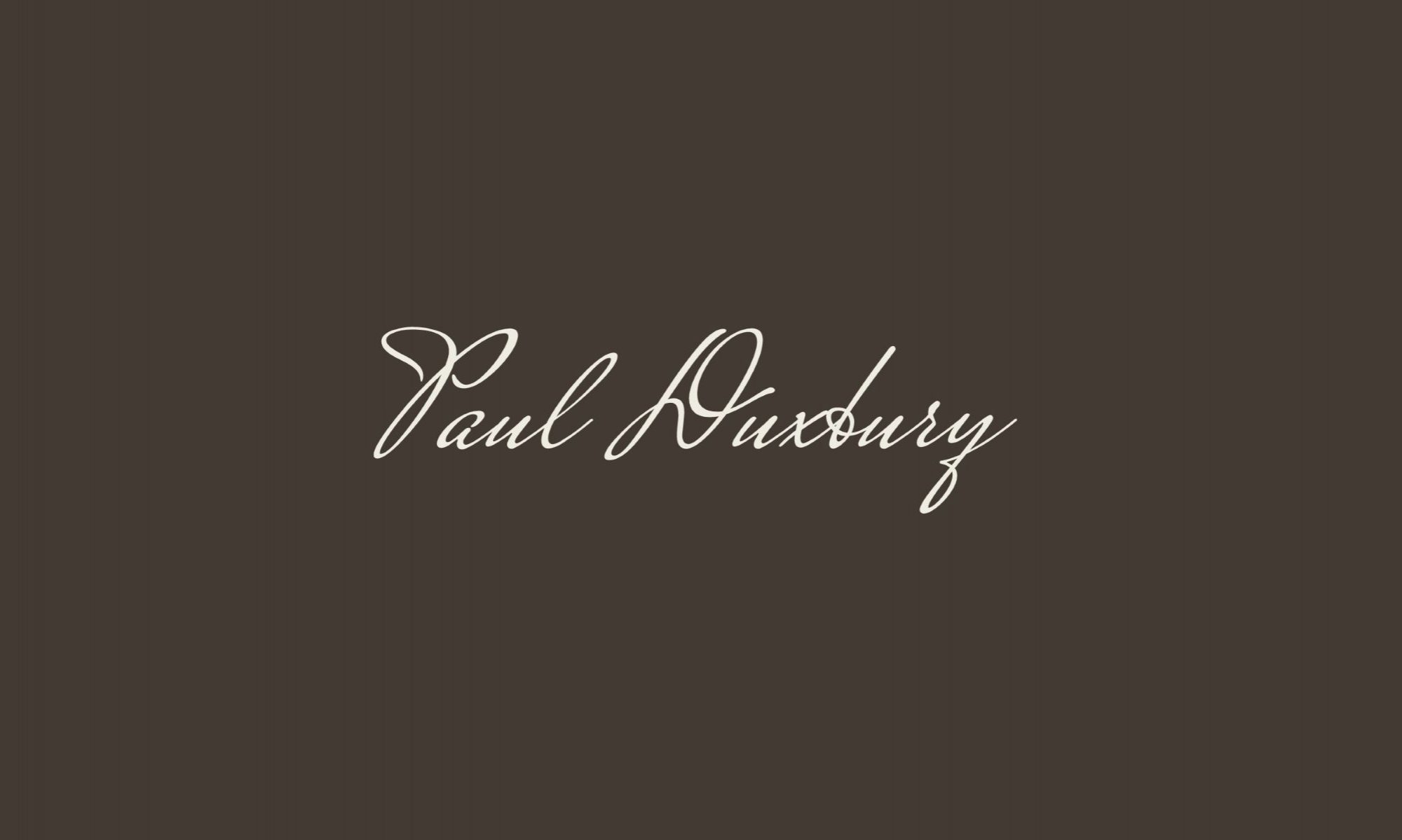When we talk about Leaders and Leadership we tend to focus on the big names, the giants of business and politics don’t we? If I asked you to name leaders who come instantly to mind I would imagine that the names you will think of would generally be household names. We tend to think of leaders in terms of those who have achieved great things and often on a national or indeed global scale.
But for me there are many more leaders operating all around us than we might believe. People who are going about their daily lives, they are doing things that they are passionate about, involving others in their work and activities and delivering results. But these unsung or unlikely leaders may not even recognise it for themselves because all too often “Leadership” is elevated to the level of a mysterious set of skills and characteristics. Leadership and what it is has become an incredibly complex subject. You only have to look at the multitude of books on the art of leadership to recognise that it is a subject which many people have devoted tens of thousands of pages to.
Leadership isn’t or shouldn’t be a complex subject. It is happening all around us, people are demonstrating their leadership skills in so many different roles and in so many different ways. You don’t even have to have a team in order to be a Leader as I explain in a post here.
Those who have read other posts on this blog and anyone who knows me will be aware that I am a great believer in not over-complicating things. Which is why a few years ago I was so drawn to Steve Radcliffe’s book Leadership – Plain and Simple. As I mentioned in the post I had reason to re-read the book recently. Having done so I thought it was time to write a review. I cannot recommend this book highly enough because whether you are leading a team, job seeking or just want to approach your work from a different perspective this book has something to offer.
One of the things that you are going to appreciate about Steve Radcliffe’s book, Leadership: Plain and Simple, is that it really does delivers on what he promises in the title. The bottom line is that if you read, consider and then implement the strategies he outlines, you will find it relatively easy to start using them and then see positive results. The approach Steve outlines do not contain any elaborate or complicated formulas that frustrate or confuse readers who are looking for practical answers. The book provides you with real world examples in simple language and the tools needed to develop your leadership skills regardless of the current role that you hold.
The reason that Leadership: Plain and Simple is so engaging with readers is because Steve Radcliffe uses a unique FED approach to getting his message across. Within the 170 pages of this book, he clearly lays out his Future, Engage, and Deliver approach. Steve breaks down leadership into three clear stages:
- Future – The Leader needs to have a clear vision that they can articulate about where the organisation is going. Or to put it another way they are “up to something” that they really care passionately about.
- Engage – The Leader needs to be able to engage others, bring them onboard and get them moving towards that future vision.
- Deliver – The Leader needs to be able to make things happen.
The approach he lays out in Leadership: Plain and Simple can be implemented as soon as the book has been completed. Through a very precise set of questioning, Steve will help you to understand exactly what your strengths already are, and where you need improvement in your leadership skills. Once you identify the areas that you are weak, the book is designed to help you to improve those areas through different scenarios that make you think about why you are lacking in those areas. The first chapters of the book go into specific detail in each of the three components of leadership, Future, Engage, and Deliver. There is one chapter dedicated to each of these practices, giving you the ability to create a strong foundation on which you build upon as you continue reading later chapters.
Once you begin reading these chapters, you will soon realize how important it is to understand what you care about and why is it so important for you to lead. Then you will learn about developing the skills needed for connecting and impacting those around you. Then once you learn to develop leadership skills, you will see how delivering through others will give you the ability to both deliver more today and in the future.
I am sure that as you read will quickly start to realise, like me, that a misconception that has been circulating for decades. There is no reason for leadership to be complicated, regardless of a persons IQ level or their job title, the natural human activity of leadership is within us all just waiting to be let out and developed. If you can create a compelling enough future, you have the ability to become an effective and powerful leader. This book will show you that if your future is compelling and you can get emotionally connected to it, you have the greatest chances of becoming a very strong leader.
As I said earlier, this is probably the best book on Leadership that I have ever read and I have read a few over the years! It’s Leadership – Plain and Simple and it’s an opportunity that’s waiting for you to grasp it.
You can buy Steve Radcliffe’s book here:
In the UK: Leadership – Plain and Simple
In the US: Leadership – Plain and Simple
